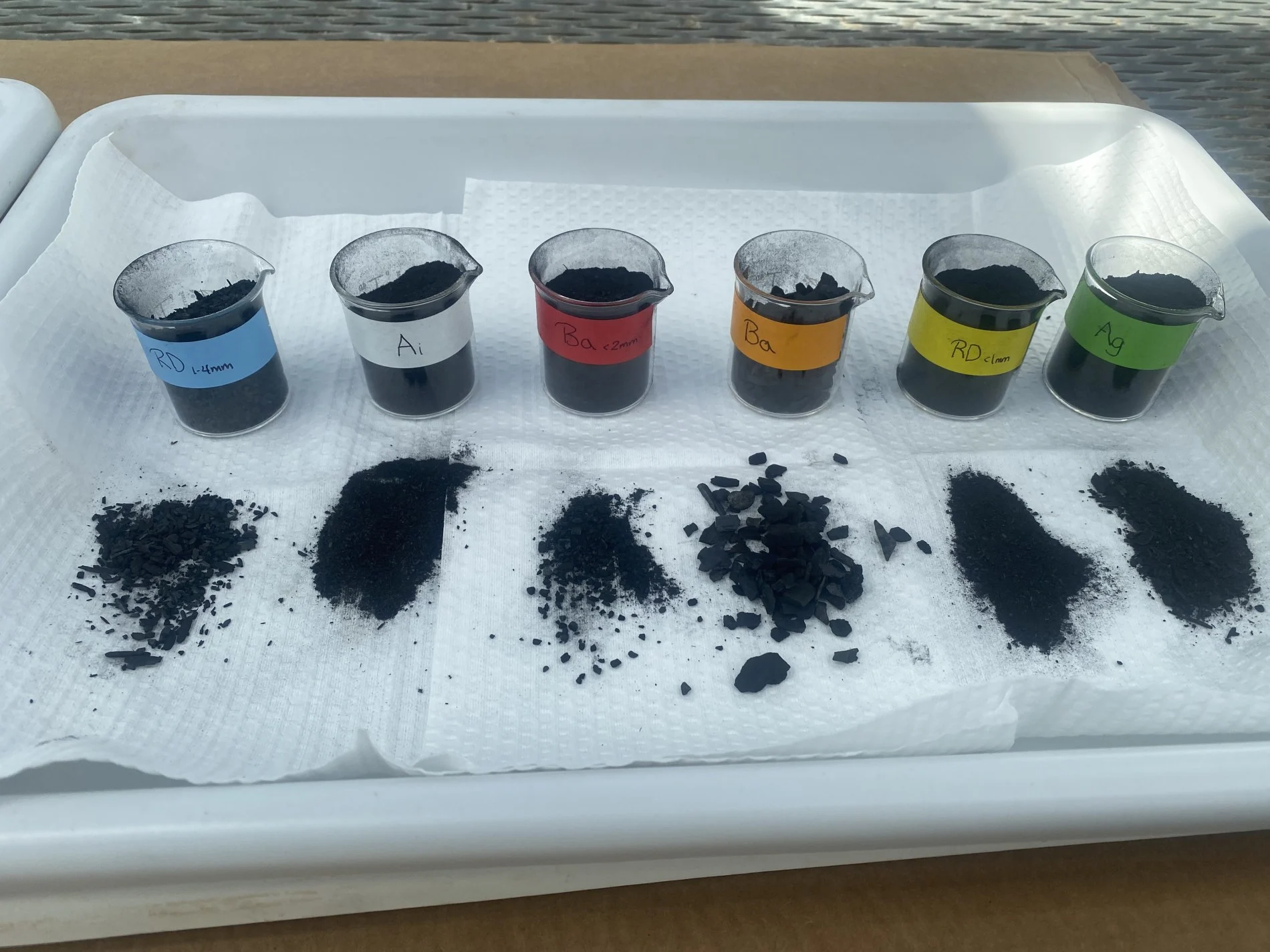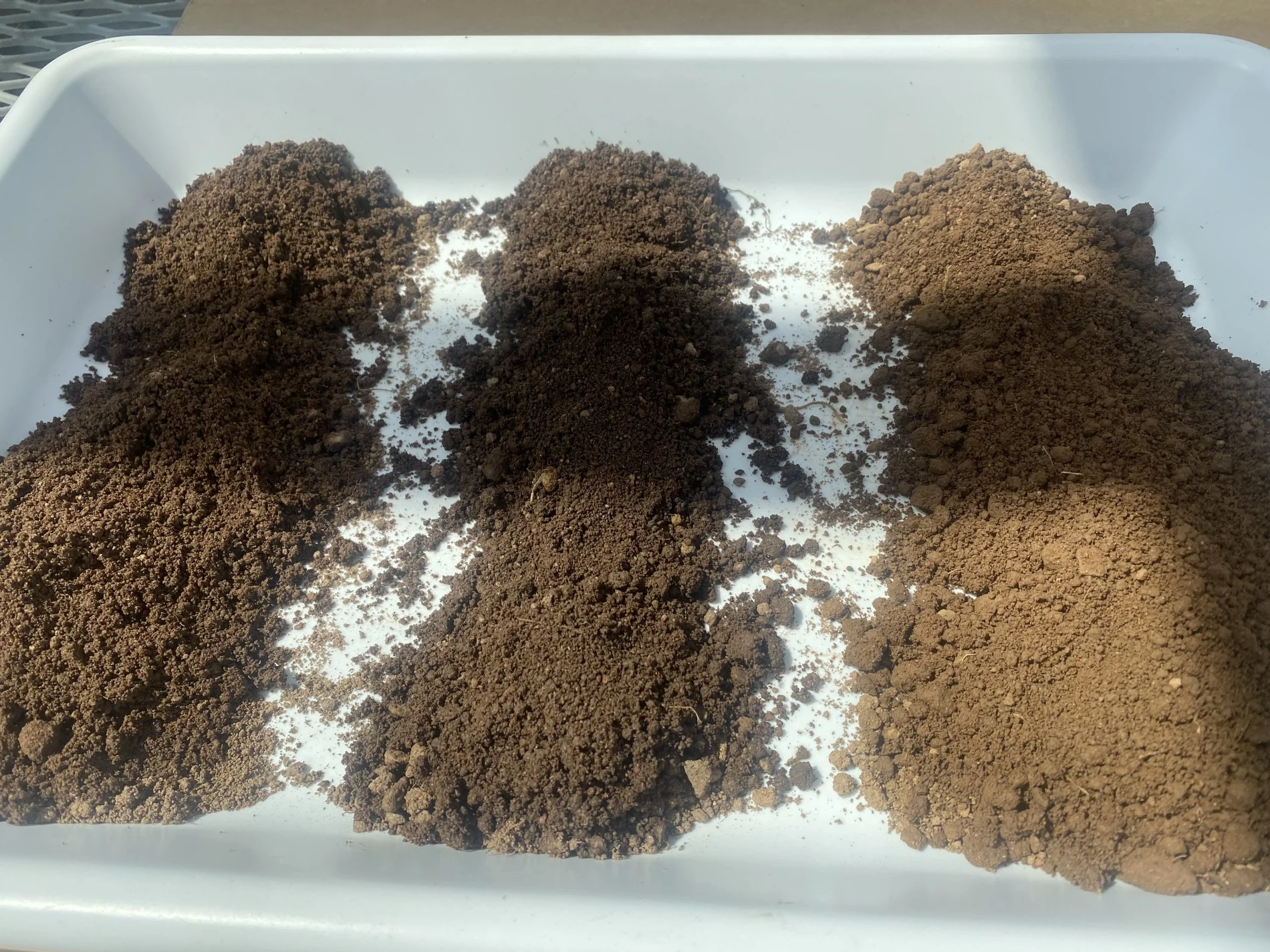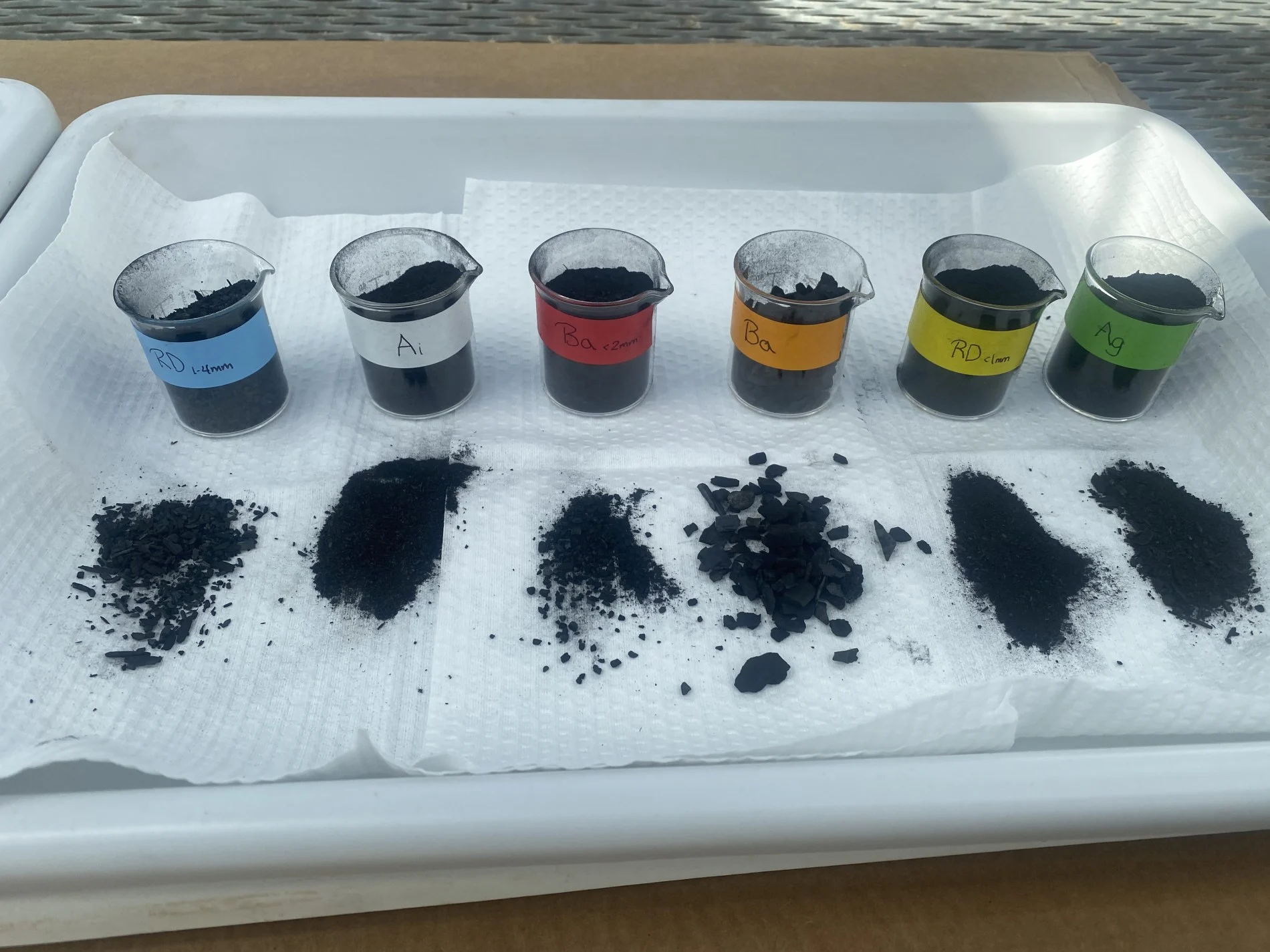
What is biochar and how can it help combat droughts?
Research scientist Vicky Levesque is experimenting with soil in Nova Scotia’s Annapolis Valley to combat risks associated with climate change, such as extended periods of drought. She says the use of biochar in soil can not only mitigate greenhouse gas (GHG) emissions, but also improve soil fertility.
Nova Scotia's Annapolis Valley is well known for its blossoming apple orchards and now booming wine industry, but with each passing season, farmers are faced with the threat of extreme weather conditions associated with climate change.
In the sprawling greenhouses at Kentville's Research and development centre, scientist Vicky Levesque is experimenting with new approaches to combat risks like extended periods of drought.
One potential solution, says Levesque, is biochar, a substance “produced by thermal decomposition of organic material (biomass such as wood, manure or leaves) under limited supply of oxygen, and at relatively low temperatures (under 700°C),” according to the International Biochar Institute.

Various kinds of soil Levesque uses to experiment with biochar. (Nathan Coleman)
For example, humans used biochar in the form of charcoal in the Brazilian Amazon, a by-product of the cooking processes, when mixed with pottery, excrement, bones, and organic waste. As a result, the soil in the Amazon became highly fertile adding to the potential for long-term carbon sequestration.
Nowadays, Levesque says the use of chemical fertilizer can have an opposite effect and degrade soil quality, leaving researchers looking for ways to help improve the soil properties and make agriculture sustainable.
"[Biochar] will increase the microbial activity but it will also increase the microbial diversity,” said Levesque.
“It can benefit the micro-organisms for the plant's growth, so we can reduce the fertilizer because the microorganisms will play a role to allow nutrients for the plant growth."

Biochar samples on display at Kentville’s Research and development centre. (Nathan Coleman)
Biochar is also able to retain water and in years where there is extreme drought, a plant's root system will search the soil and grow through the biochar particle.
"It's like a sponge," Levesque added.
The biochar also creates more porous space in the soil with more aeration and therefore could help improve nutrient retention.
Crops using biochar wouldn't see an effect in the first year but Levesque says they would in the second and third it will.
View the video for more details on biochar as a potential solution to the climate crisis.
Thumbnail credit: Nathan Coleman







